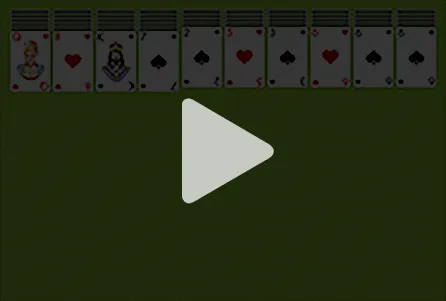Spider Tarantula Solitaire Gameplay Overview
Spider Tarantula Solitaire is a captivating card game that blends strategic thinking with a bit of luck. It’s a variation of the classic solitaire, but it has its own unique rules and gameplay that makes it exciting and challenging. The objective of the game is to remove all cards from the table by building sequences of cards in descending order, from King to Ace, within the same suit. Unlike some other solitaire variations, Spider Tarantula Solitaire often uses two decks of cards, which increases the complexity and the potential for strategic moves. The game is designed to test your planning skills, observation, and patience. Mastering this game involves understanding the layout, recognizing key opportunities, and making smart decisions to maximize your chances of winning. It’s a game that requires focus and a strategic approach.
Understanding the Spider Tarantula Solitaire Layout
The setup of Spider Tarantula Solitaire is crucial for understanding how to play and win. The game is played using two decks of cards, and the layout typically consists of ten columns of cards. The first four columns have six cards each, while the remaining six columns have five cards each. All of the cards are dealt face down except for the top card in each column, which is dealt face up. The stock pile, consisting of the remaining cards, is placed to the side, ready to be dealt when you can’t make any further moves. Understanding this arrangement is key. The initial face-up cards reveal immediate moves, and the face-down cards hold potential sequences and strategies. Familiarizing yourself with this layout is the first step towards becoming a Spider Tarantula Solitaire master. Plan your moves and visualize potential sequences before making any card movements.
Card Values and Suit Importance
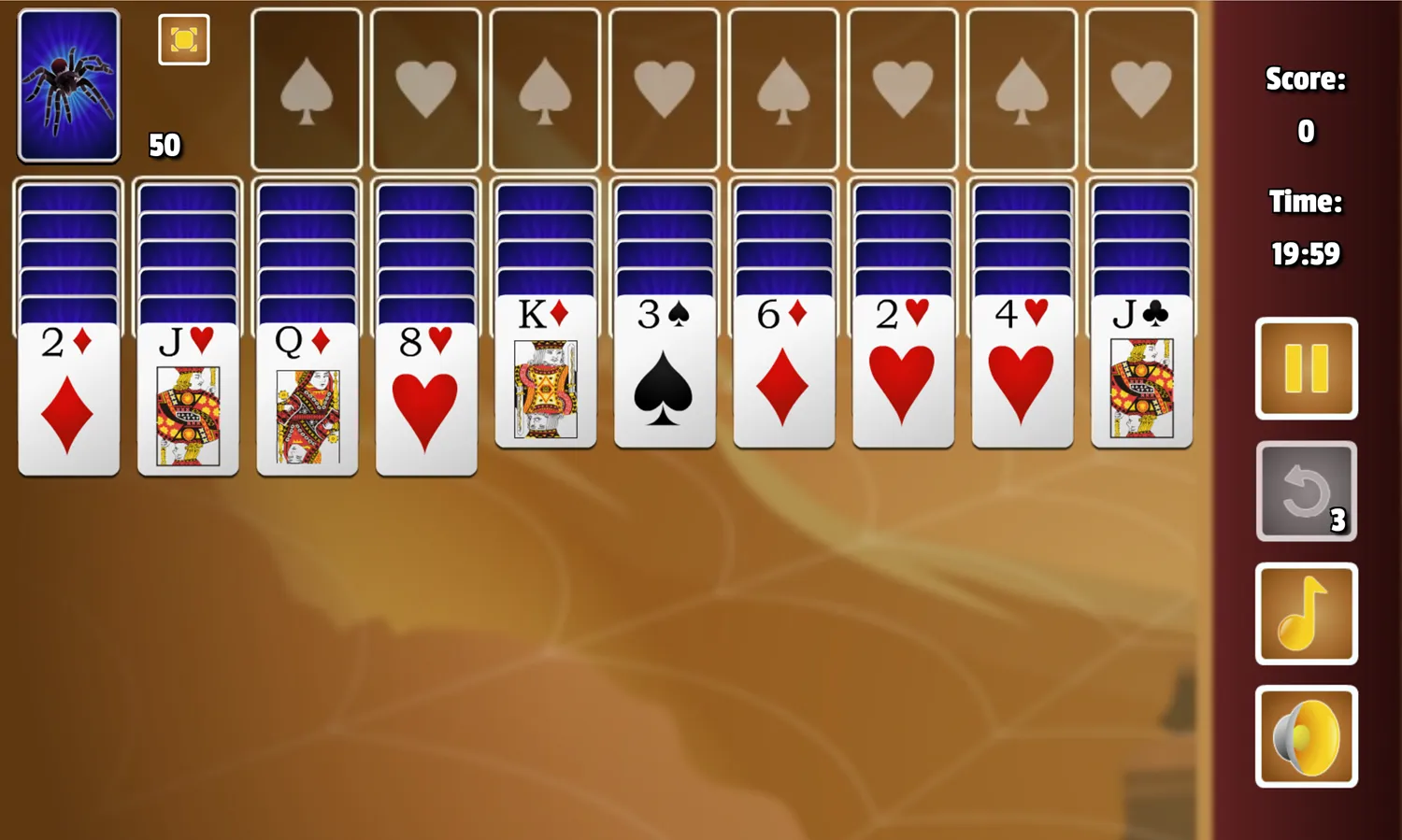
In Spider Tarantula Solitaire, cards are ranked from King (highest) to Ace (lowest). Your primary goal is to build complete sequences of cards in the same suit from King to Ace. Only complete suit sequences can be removed from the table, which frees up column space and brings you closer to winning. The suits (hearts, diamonds, clubs, and spades) play a significant role. Building sequences within the same suit is crucial because mixed-suit sequences cannot be removed. In many versions of the game, using two decks, understanding the distribution of suits and planning your moves accordingly becomes even more critical. Keeping an eye on suit distribution and the potential for sequence completion is key. Always aim to create same-suit sequences as they provide the opportunity to clear columns.
Strategy 1 Prioritize Empty Columns
Empty columns are your best friend in Spider Tarantula Solitaire. They provide flexibility and open up opportunities for moving cards around. Creating empty columns should be a high priority in your strategy. Empty columns become a storage space for cards. Any card or sequence of cards can be moved into an empty column, giving you the freedom to reorganize your board and create more winning opportunities. The more empty columns you have, the greater your ability to build sequences and clear cards. However, creating empty columns often requires making strategic sacrifices and thoughtful planning. Recognizing the value of empty columns and actively working to create them is a foundational element of successful Spider Tarantula Solitaire gameplay. Look at the table and plan the process of opening a column by building and moving sequences and single cards.
Why Empty Columns are Crucial
Empty columns act as a strategic advantage, allowing you to maneuver cards and build sequences more efficiently. They provide a space to temporarily place cards that might be blocking potential moves. This flexibility is extremely valuable because you are not restricted by the cards that appear on top of a column, allowing you to move around any card or sequence. Empty columns make it easier to expose buried cards, which can be essential for completing sequences. In essence, empty columns provide you with the breathing room and flexibility needed to plan and execute winning strategies. Empty columns make it significantly easier to clear cards, build sequences, and ultimately win the game. Prioritizing the creation of empty columns is one of the most fundamental strategies to winning.
How to Create Empty Columns Efficiently
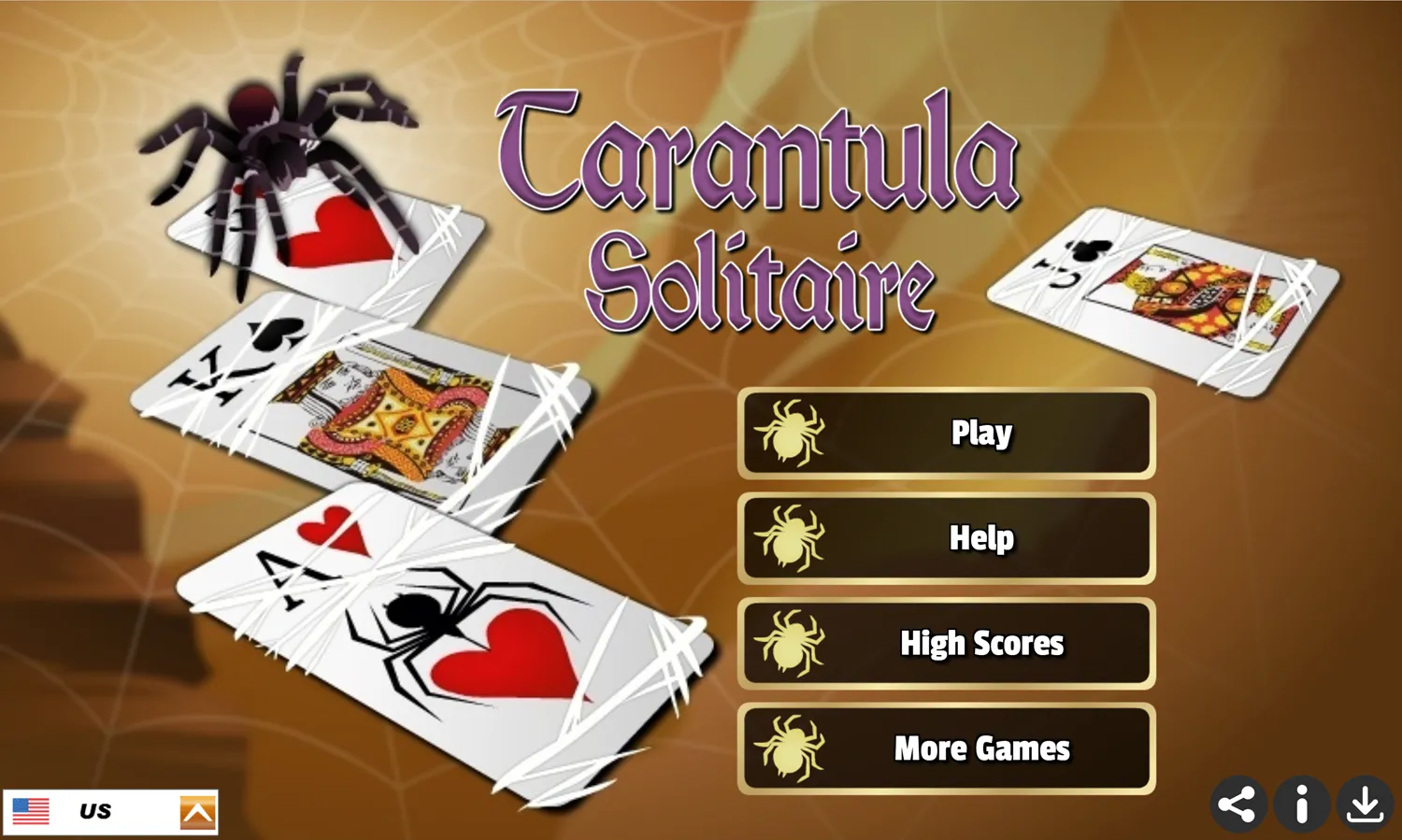
Creating empty columns efficiently involves carefully planning your moves. Focus on building sequences within a column. The ultimate goal is to stack the cards in descending order of the same suit. Start by moving cards to expose the face-down cards and identify those cards that are part of a potential sequence. As you build sequences, look for opportunities to move complete or partial sequences to empty columns. Also, keep an eye on any cards that are blocking sequence completion, and find opportunities to move them. This could involve moving cards around or temporarily placing them in another column. Patience is key, and do not rush to complete sequences. Plan a few moves ahead, to make your actions more efficient. Try to build the full sequences of the same suit to move the entire column to an empty column.
Strategy 2 Sequence Building First
Building sequences of cards from King to Ace, within the same suit, is the core objective of Spider Tarantula Solitaire. Focus on building these sequences as a priority. Sequence building is fundamental to clearing cards and winning the game. The more sequences you build and remove, the closer you get to victory. Therefore, your strategy should involve carefully planning each move to maximize sequence completion. Before moving any card, try to see the best potential outcomes and how it impacts building a sequence. Identify the potential to move multiple cards simultaneously to open up the sequences. Planning a few moves ahead helps you to visualize your game and how to build a sequence. This strategy is also essential to utilize the empty columns effectively.
The Importance of Building Sequences
Building complete sequences is the key to removing columns and winning the game. A completed sequence can be cleared from the board, opening up valuable space for maneuvering and building new sequences. Sequences also give you a sense of progress toward victory. The ability to remove sequences is a crucial step in building additional sequences, which eventually clears the board. Therefore, the priority should be the same-suit sequences. The more sequences you build, the more opportunities you have to clear the board and strategize. This should be the main target to maximize your potential to win. In order to create the full sequences, you need to understand all the rules and the layouts and always keep the cards of same suit in mind.
Planning Your Moves to Create Sequences
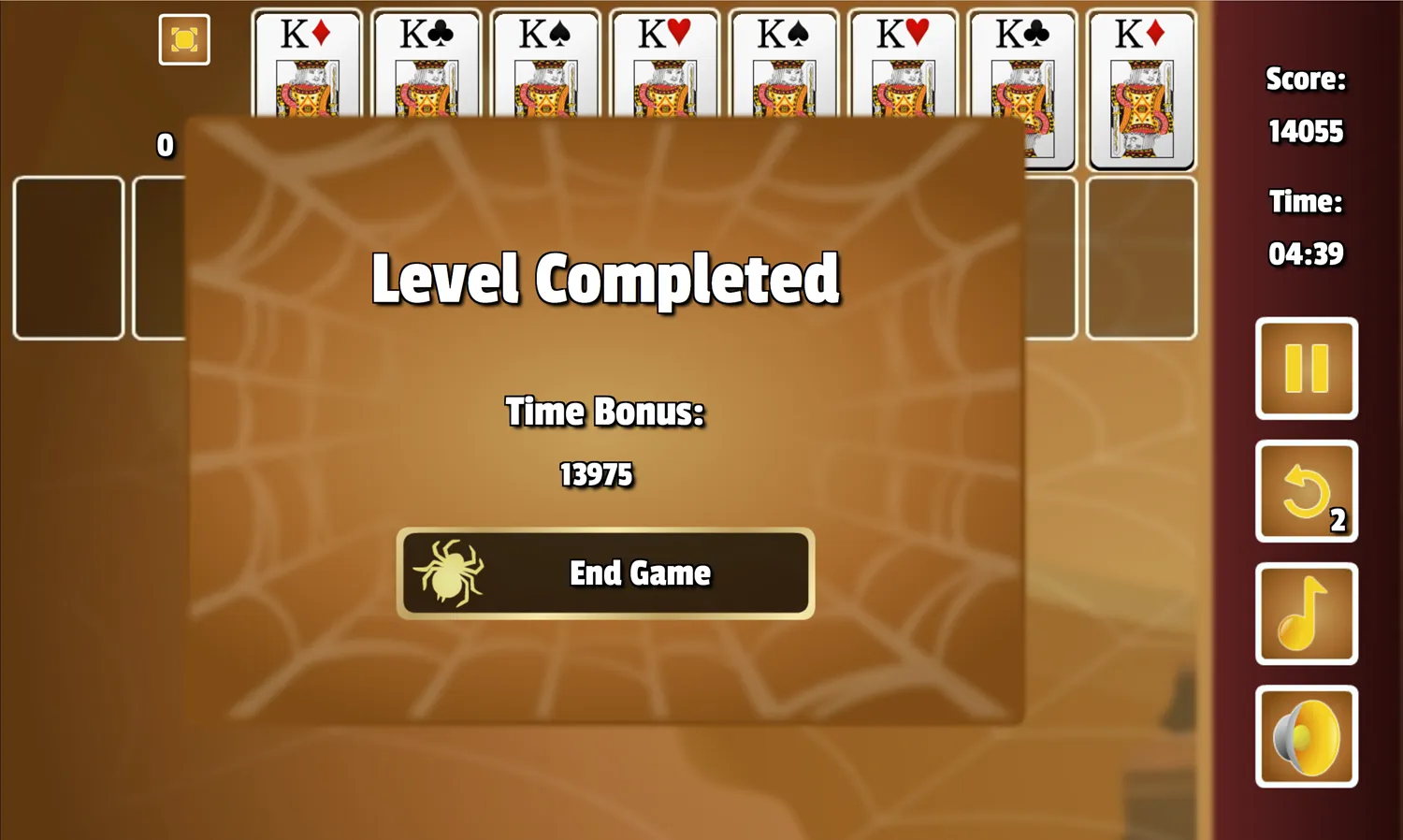
Building sequences requires a strategic approach and looking ahead. It’s essential to identify potential sequence completions. First, examine the face-up cards in each column and identify the opportunities to build sequences. Evaluate the impact of moving a card, and consider how it opens up potential future moves. Look for cards that can be moved to create a sequence, and identify the best combination. Think through the chain reaction of moves. Planning involves anticipating the effects of each card movement. It also includes considering the cards that are hidden. This strategy will help you in making efficient moves. Patience, observation, and strategic thinking are all necessary to build your sequence.
Strategy 3 Strategic Card Movement
Strategic card movement is about carefully deciding which cards to move, when to move them, and how to move them to optimize your chances of winning. This requires a good understanding of the game. Every move has potential consequences, and it is crucial to analyze them. This strategy is key to exposing buried cards, building sequences, and creating empty columns. Think about the short-term and long-term effects of each move, planning ahead. It is also about anticipating how each move affects your game. Remember, the key to winning Spider Tarantula Solitaire is in the details. It requires analyzing the best movements, and making smart decisions. Focus on moving cards that bring you closer to completing sequences or opening up new strategic opportunities.
Identifying Key Cards to Move
Identifying the right cards to move is crucial. Recognize cards that are blocking potential sequence completions or preventing you from creating empty columns. Prioritize moving these cards. Focus on cards that give you access to other crucial cards. You should also watch for opportunities to create spaces for building sequences, and be sure to identify the cards that can be used to build sequences. Always make the decision to move cards strategically. The best choice is to build the sequences with the same suit. Consider the potential of each move and how it could impact your overall strategy. Analyzing the board is crucial. This will increase your chances of winning.
Moving Cards to Set Up Future Plays
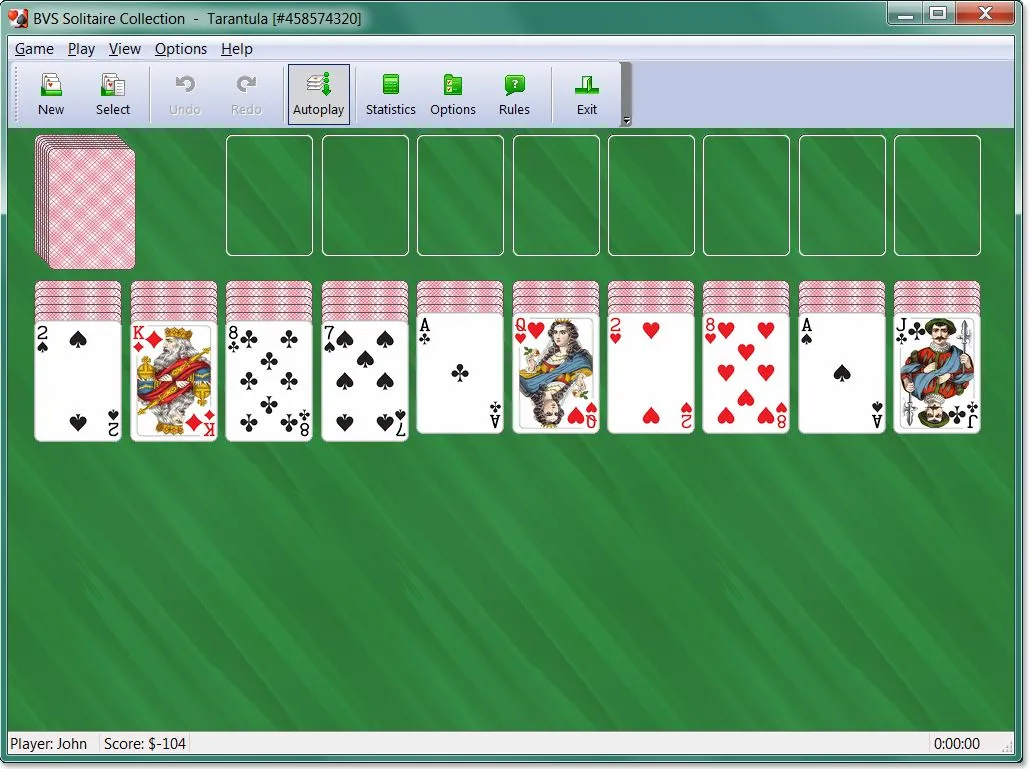
The best strategy involves not only making immediate moves but also planning for future plays. It is not enough just to move the cards. Instead, plan how to make your moves count. Think about how moving one card will set up future moves and facilitate sequence building or the creation of empty columns. Always visualize what your board will look like after each move. Look for opportunities to open up sequences, expose face-down cards, and create empty columns. The best strategy is to plan several moves in advance. This will allow you to anticipate your moves and will also help you get closer to winning.
Strategy 4 Utilize the Undo Feature
The undo feature is an excellent tool in Spider Tarantula Solitaire. It allows you to reverse moves you have made. However, this feature is not intended to be used to solve the game. It is there to correct mistakes and to try out a particular move. It gives you the chance to assess the outcome. Using this feature appropriately can significantly improve your game. Understanding when to use this feature and how to avoid mistakes is crucial.
When to Use the Undo Feature
The undo feature should be used with discretion. It can be an incredible tool in some situations. When you make a move and immediately recognize that it has resulted in a less favorable board position, you can undo it. It is also useful when you are unsure of a move. The undo feature is there to evaluate the best action and also can improve your skills. If you are new, this feature can also help you to learn. If you are in doubt, don’t be afraid to use this feature. Using the undo feature responsibly can improve your strategy.
Avoiding Mistakes with Undo
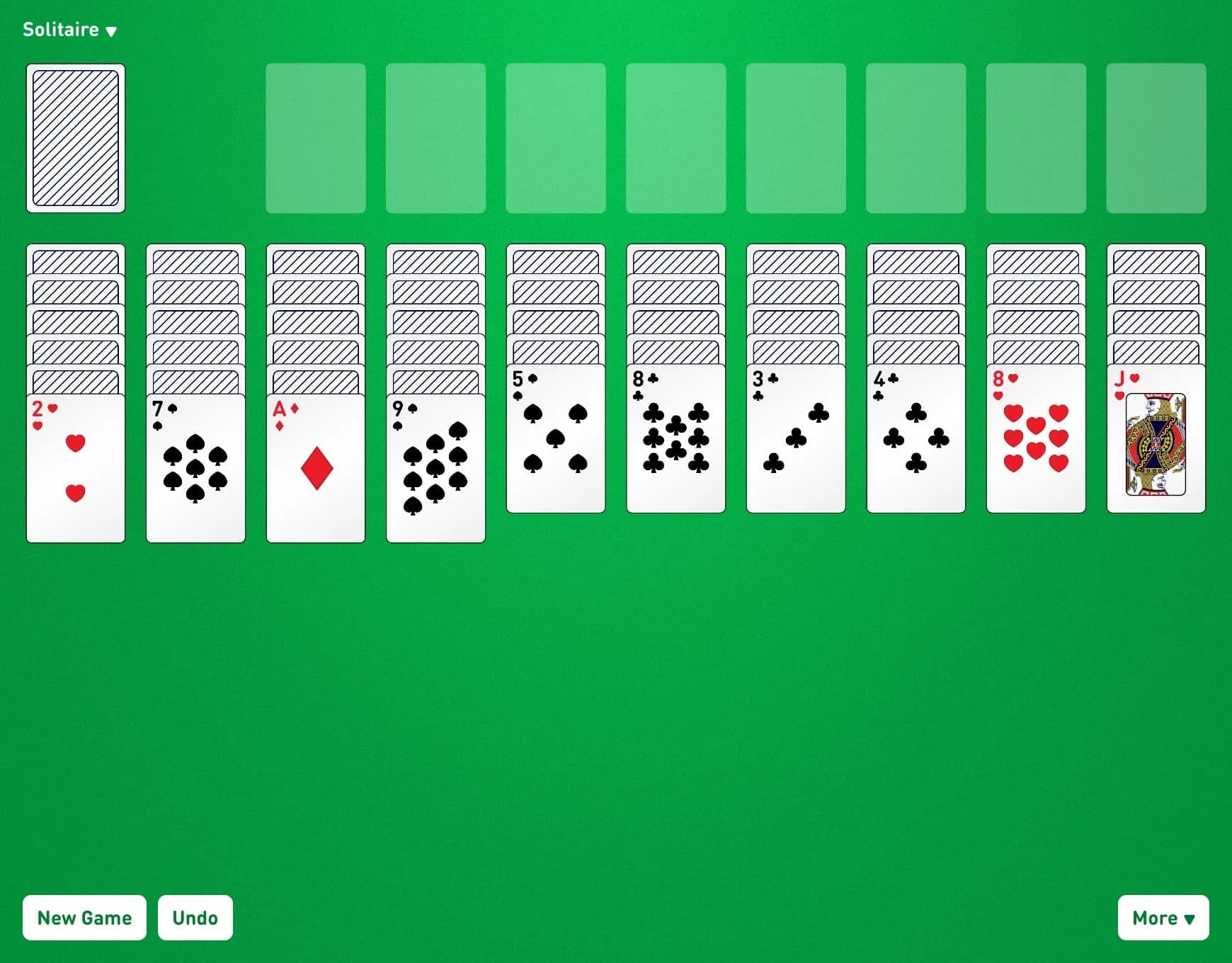
The undo feature should be used to correct mistakes, not to try and win. It is critical to use it with discipline. Do not use the undo feature to repeatedly try different moves until you find the right one. Use it as a tool to learn from the mistakes. Each game is an opportunity to improve your strategy. Evaluate the situation and learn. Think about why the move didn’t work, and what a better alternative might have been. Don’t become overly reliant on this feature. Use the undo feature as a tool to improve your game and to avoid making the same mistake twice. The goal is to learn how to make sound decisions. Learning is about understanding your mistakes. Use the undo feature as a learning tool.
Strategy 5 Patience and Observation
Patience and Observation are key. It is important to adopt a calm and observant approach. Avoid rushing and making hasty decisions. Taking your time to analyze the board and plan your moves will enhance your chances of success. Patience is not just about taking your time. Observation involves paying attention to every detail on the board. Every card, both face-up and face-down, can provide clues. Being patient and observing the cards, will allow you to identify the best moves. Taking a thoughtful, methodical approach will give you the best chances to win.
The Role of Patience in Spider Tarantula Solitaire
Patience is essential. Taking your time to plan each move and carefully consider all the options is crucial. Rushing the game and making hasty decisions increases your chances of making mistakes, which can be hard to fix. Waiting and thinking about each move is a better approach. This involves carefully analyzing the board, anticipating the consequences of each move, and planning accordingly. Patience also means resisting the urge to make moves too quickly. Give yourself time to assess the situation, and think carefully about your next move. Playing with patience will allow you to see the long-term effects of each move, and choose the best option. Patience will give you the best opportunity to make the right decisions.
Observing the Board for Optimal Moves
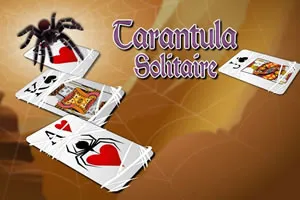
Observing the board involves paying attention to all of its details. Look at all of the face-up cards, the potential sequences, and the face-down cards. By carefully studying the board, you’ll be able to identify the best moves to make. The best observation involves understanding the layout. This means paying close attention to the face-up cards. Look at the card values, and which of them can be moved. Anticipate how the move will impact the game. Observation means paying attention to details and recognizing opportunities. Always consider what is available on the table. This way, you can make the best possible moves.
Conclusion
Mastering Spider Tarantula Solitaire takes time, patience, and a strategic approach. By understanding the layout of the game, you can create empty columns, build sequences, and move cards strategically. Utilizing the undo feature and practicing patience are also key elements to winning. By implementing these strategies, you’ll increase your chances of success. Remember, Spider Tarantula Solitaire is a game of skill and planning. Each game is an opportunity to improve your strategy. Keep practicing, experimenting with different approaches, and learning from your mistakes. Embrace the challenges and enjoy the process of becoming a Spider Tarantula Solitaire master.
